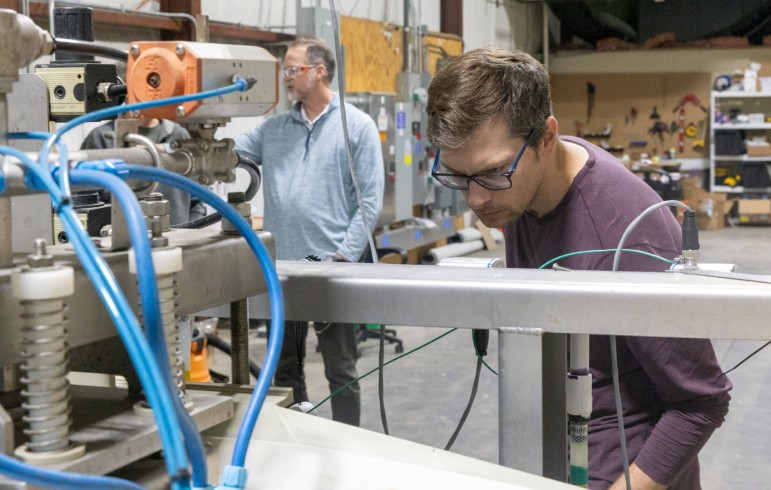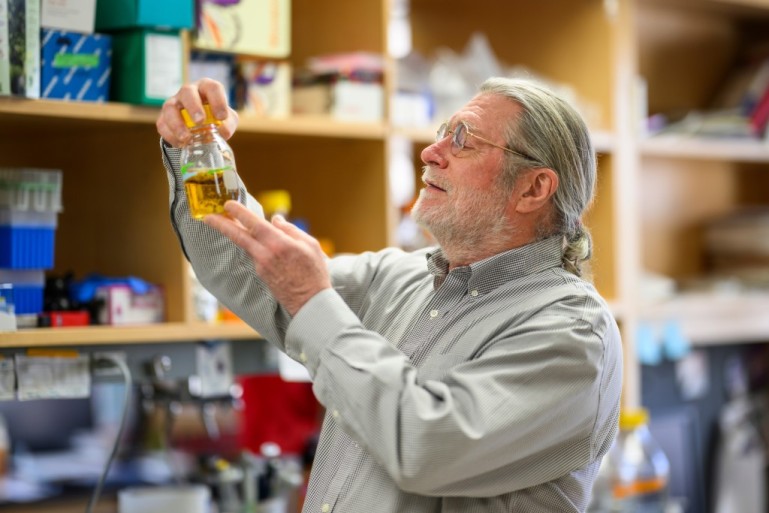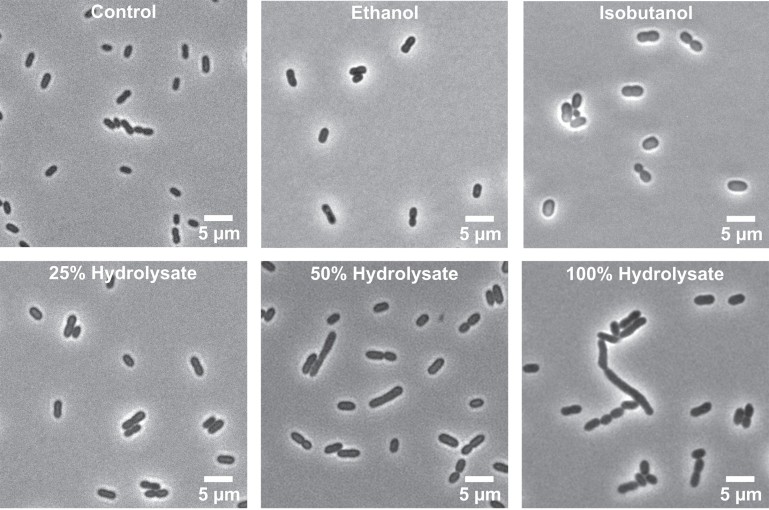Lager beer is cold, crisp, dry — and worth about half a trillion dollars worldwide. Behind the world’s most popular alcoholic beverage is a yeast adapted to the cold, and hungry for the sugars it will transform into bubbles and booze.
A strategy for transforming waste from the Greek yogurt-making process into a high-value sweetener product might pave the way for millions of extra dollars per year for dairy producers.
A major goal of the Great Lakes Bioenergy Research Center is to harness the power of microbes to create biofuels. But often, it’s an expensive challenge for scientists to identify the most useful individual variants among thousands of similar microbe strains.
A group of University of Wisconsin-Madison researchers has received a $1.8 million grant to develop new materials for multiple uses, including the ability to withstand the corrosive environment within a molten salt nuclear reactor.
New research on transcriptional pausing, which helps control gene expression in cells, will aid in the understanding of the enzyme RNA polymerase — a key player in the process and an important drug target.
If environmental engineer Daniel Noguera had his way, he would orchestrate a microbiome to pump out higher-value chemical products.



